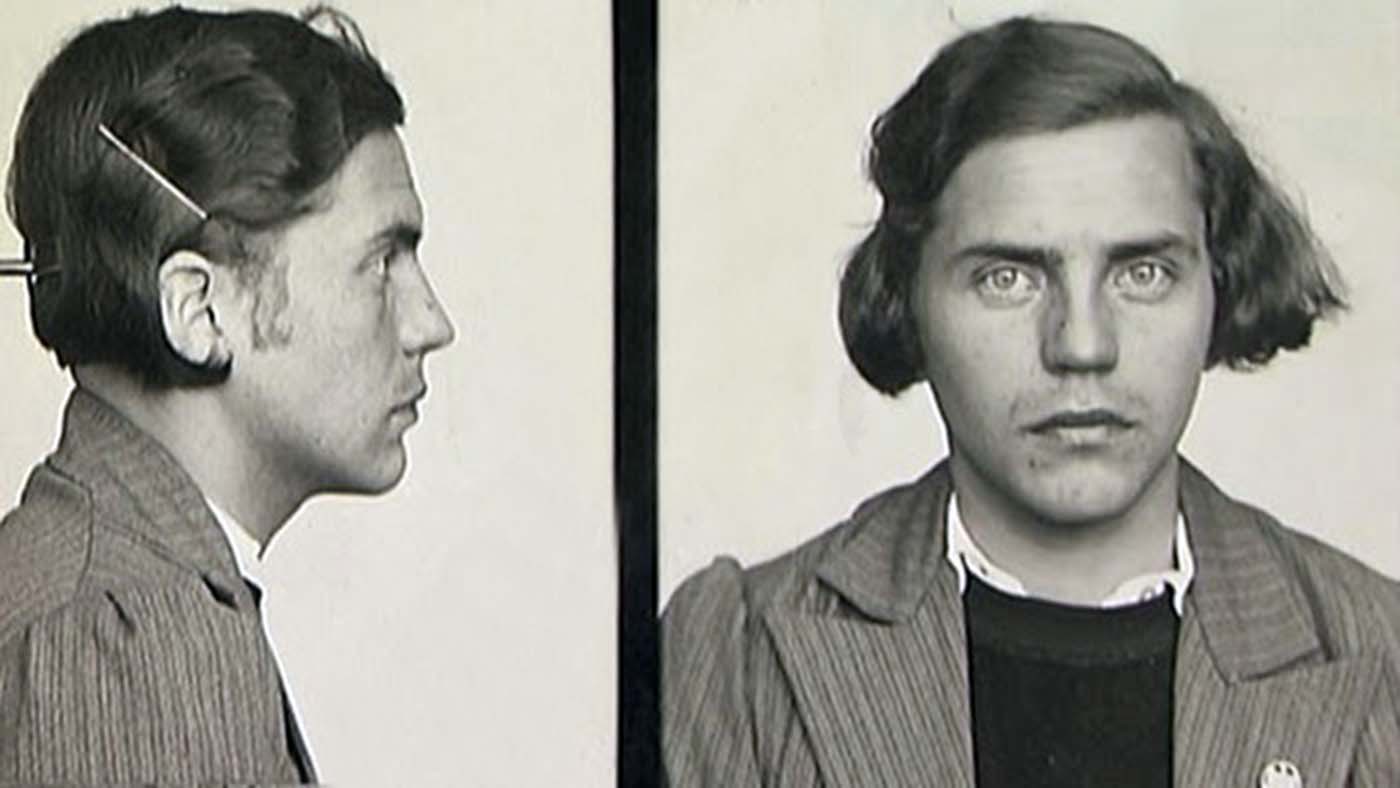Ratjen was born in Erichshof, near Bremen, into a family described as “simple folk”. The father, Heinrich Ratjen, stated in 1938: “When the child was born the midwife called over to me: Heini, it’s a boy! But five minutes later she said to me: It is a girl, after all”. Nine months later, when the child, who had been christened Dora, was ill, a doctor examined the child’s genitalia and, according to Heinrich, said “Let it be. You can’t do anything about it anyway”. Although the couple already had three daughters, sexuality was a taboo subject. According to the father’s statement, they had never any reason to doubt the gender of their child, with the result that Dora was brought up as a girl. To the police, she explained: “So I wore girl’s clothes from my childhood onwards. Starting in my eleventh or twelfth year I was already beginning to be aware that I was not a girl, but a man. But I never asked my parents why, if I was a man, I had to wear women’s clothes”. It was above all the feeling of embarrassment that prevented Ratjen, who had to shave every other day from her 18th year on to preserve her secret, from revealing the truth. She consoled herself by saying that she “was a hermaphrodite and had to accept that fate”. On her last trip as a woman, Dora Ratjen wore a gray two-piece, skin-colored tights, and light-colored ladies shoes. On September 21, 1938 she took an express train from Vienna to Cologne. At the European Athletics Championships in the Austrian capital a few days earlier, she had won gold for the German Reich, clearing the high-jump bar at 1.70 meters, a new world record. At around noon the train stopped at Magdeburg station. The athlete was stretching her legs on the platform when a policeman approached her and asked to see some ID. A ticket inspector had informed Detective Sergeant Sömmering that a woman sitting on the train was actually a man. Sömmering took a close look at Ratjen and noticed how hairy her hands were. Ratjen pulled out an ID card from the European Championships, but the officer wasn’t satisfied. He asked her to take her bag out of the train and accompany him to the police station. The policeman was determined to find out if Ratjen was a woman or a man. He even threatened to examine her. “And if I resist?” Ratjen asked. Then she would be guilty of obstruction, the detective replied. The athlete hesitated for a moment, then said that she was indeed a man. Mugshots were taken, the details of the case were noted down, preliminary proceedings were initiated, and Ratjen was charged on suspicion of fraud. A physician was summoned and after an examination he pronounced: “…secondary sexual characteristics unquestionably male. This person is indisputably to be regarded as a man”. However, the physician described the genitalia as having a “coarse scarred stripe from the tip of the penis to the rear”, and stated his opinion that with this organ sexual intercourse would be impossible. This seems to describe an appearance similar to the result of a mika operation by Australian aboriginals in which the male urethra is slit open along the penis. After birth, a high degree of hypospadias on a micro-penis, plus cryptorchidism, may give a midwife the impression of a vulva with a long clitoris – and the error may continue for many years, especially if the intersexual escapes expert medical examination. It was thus that on September 21, 1938, the life of 19-year-old sportswoman Dora Ratjen came to an end, and that of Heinrich Ratjen began; a story that would continue to be spun until his death on April 22, 2008. Although she had been celebrated and made much of for five years, Dora Ratjen nonetheless experienced her unmasking as liberation: “Ratjen admits defiantly to being happy that now everything is out in the open. He has been expecting this moment for quite a long time, for he was quite clear in his own mind that one day taking part in sport as a woman would no longer be possible”. Thus there was nothing left for the authorities other than to reveal the facts of the matter, which appeared in the next edition of “Der Leichtathlet” under the heading “Dora Ratjen without titles or records. No longer eligible for Women’s competitions”. The article went on to state: “As a result of a medical examination, it has been established that Dora Ratjen can not be admitted to female competitions. Germany has requested the international athletics federation, via the Fachamt Leichtathletik in the DRL [bodies responsible for German sports], to erase the world record from the lists and remove the title of European champion. The Reichssportführer has put into force regulations which will make repetition of such a case in Germany impossible once and for all”. Intersex, in humans and other animals, is a variation in sex characteristics including chromosomes, gonads, or genitals that do not allow an individual to be distinctly identified as male or female. Such variation may involve genital ambiguity, and combinations of chromosomal genotype and sexual phenotype other than XY-male and XX-female. Intersex infants with ambiguous outer genitalia may be surgically ‘corrected’ to more easily fit into a socially accepted sex category. About 1% of babies have genitals that do not allow an individual to be distinctly identified as male or female. A common method is default to girl because it’s easier to remove tissue than try to build up. (Photo credit: Bundesarchiv / International Society of Olympic Historians). Notify me of new posts by email.
Δ Subscribe


